American Pellitory (Parietaria pennsylvanica) is a common edible weed with an affinity for walls and sidewalk cracks sometimes called pellitory of the wall. As common as it is, the fact that it's edible isn't well known among foragers. Although it probably won't change your life, its pleasant taste of cucumber might surprise you. Today we'll go over how to identify the plant, separate it from common look alikes, and use it in the kitchen.
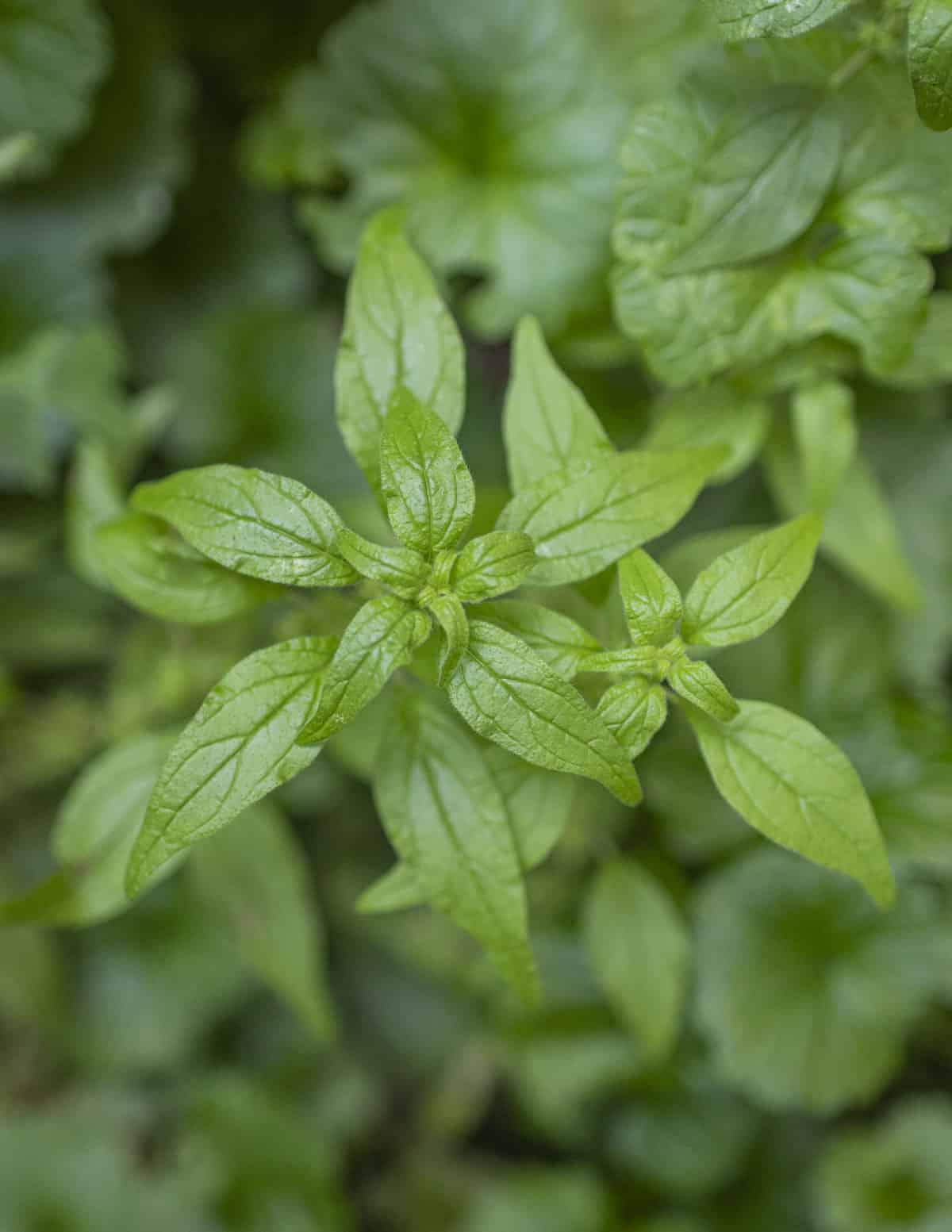
Background
Also known as cucumber weed, there's a number of pellitories in the Urticaeae family, making them a cousin of stinging nettles (Urtica dioica). Unlike nettles, the plants have non-stinging leaves. I learned about eating pellitory from Sam Thayer, and his field guide is the only foraging reference I know of that describes them at this time of writing.

Pennsylvania pellitory is shown in the images in this post. The species should be the most common variety in North America and found coast to coast. There's also distinct varieties in the South East (Parietaria floridana) and a Southwestern variety sometimes seen as a distinct species which is tougher and harrier than the others.
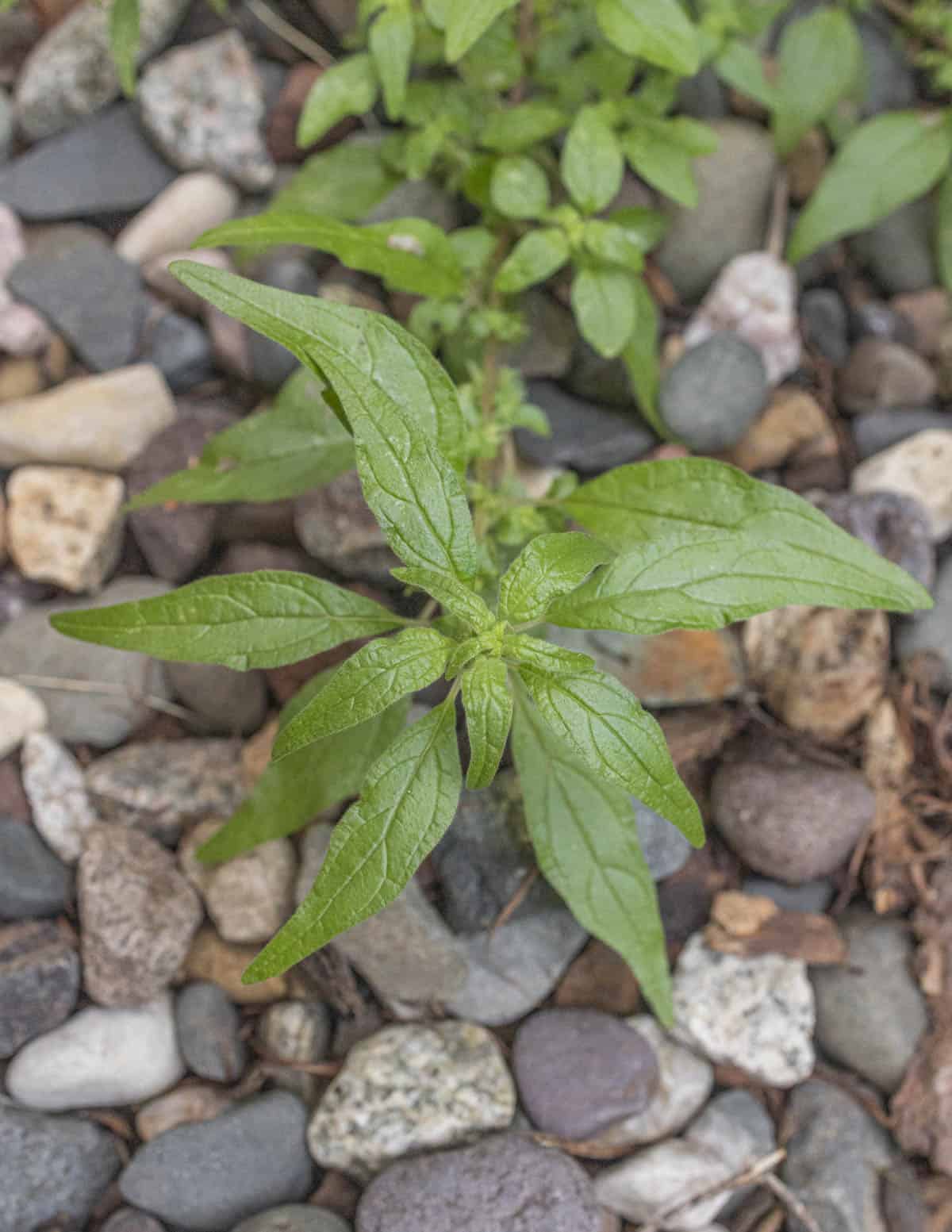
European upright pellitory (Parietaria officinale) is much larger and yet to be documented in North America. In England, P. officinale is sometimes called pellitory of the wall, referencing the affinity of these plants for calcium and typical close proximity to mortar, concrete and stonework.
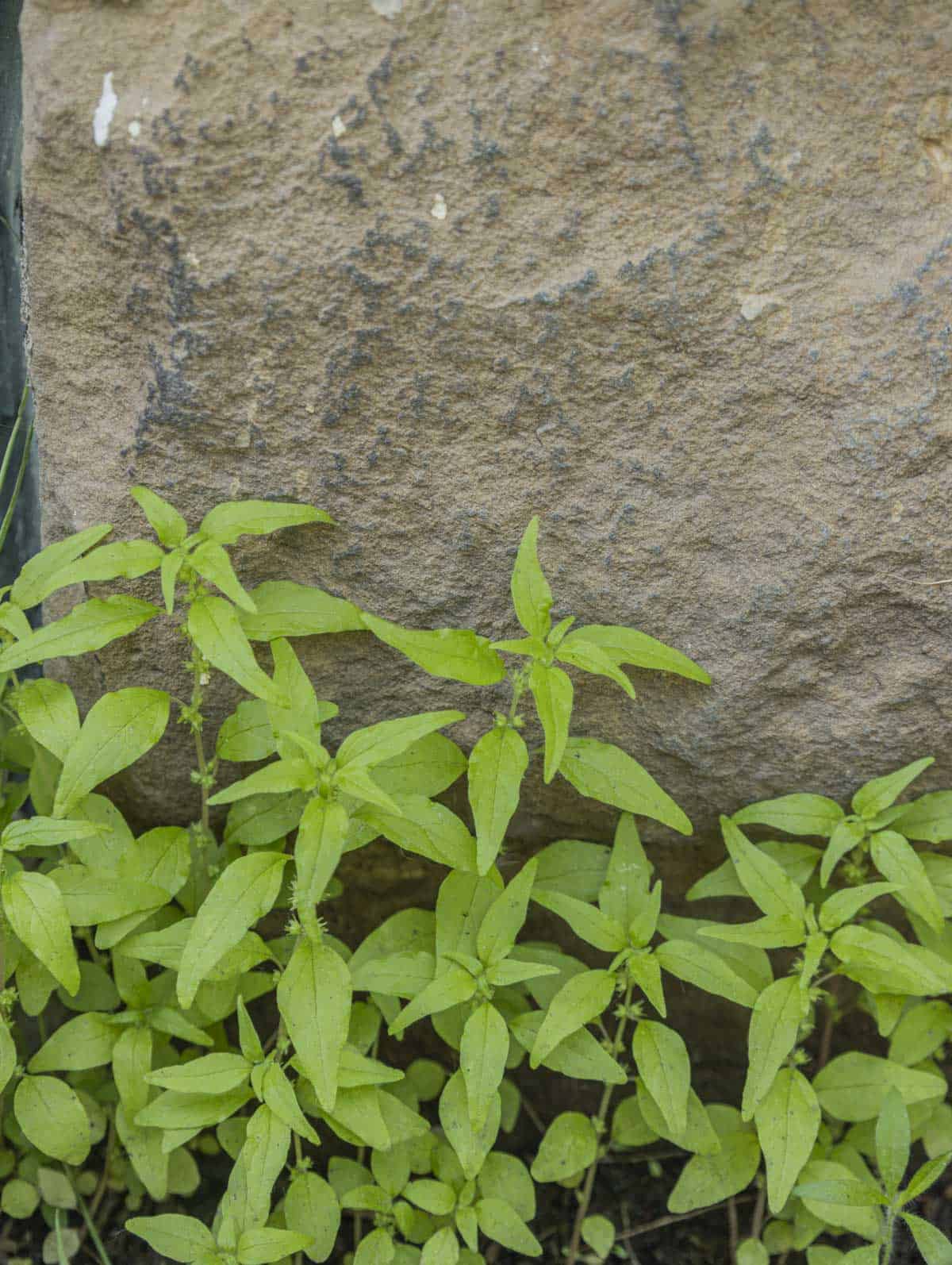
There's also spreading pellitory (Parietaria judaica) which is native to the Mediterranean and Middle East. It's been introduced as a weedy plant around the world but I have yet to see it.
Safety Note
I see Pennsylvania pellitory in the woods and disturbed urban areas. but typically around stones and walls. If harvesting from an urban setting and you want to use it as a food, one thing to keep in mind is if it's growing in a clean place.

According to Wikipedia, spreading pellitory can tolerate high levels of heavy metal pollution and can accumulate compounds like lead, cadmium, zinc and coppper. Just something to keep in mind.
Pellitory Identification
These are relatively short plants that rarely come up past my shin in my yard, although they can grow up to around 23 inches tall. The alternate leaves are lance-shaped (lanceolate) with smooth edges. The stems are succulent and can vary from green, to reddish or nearly clear in color.
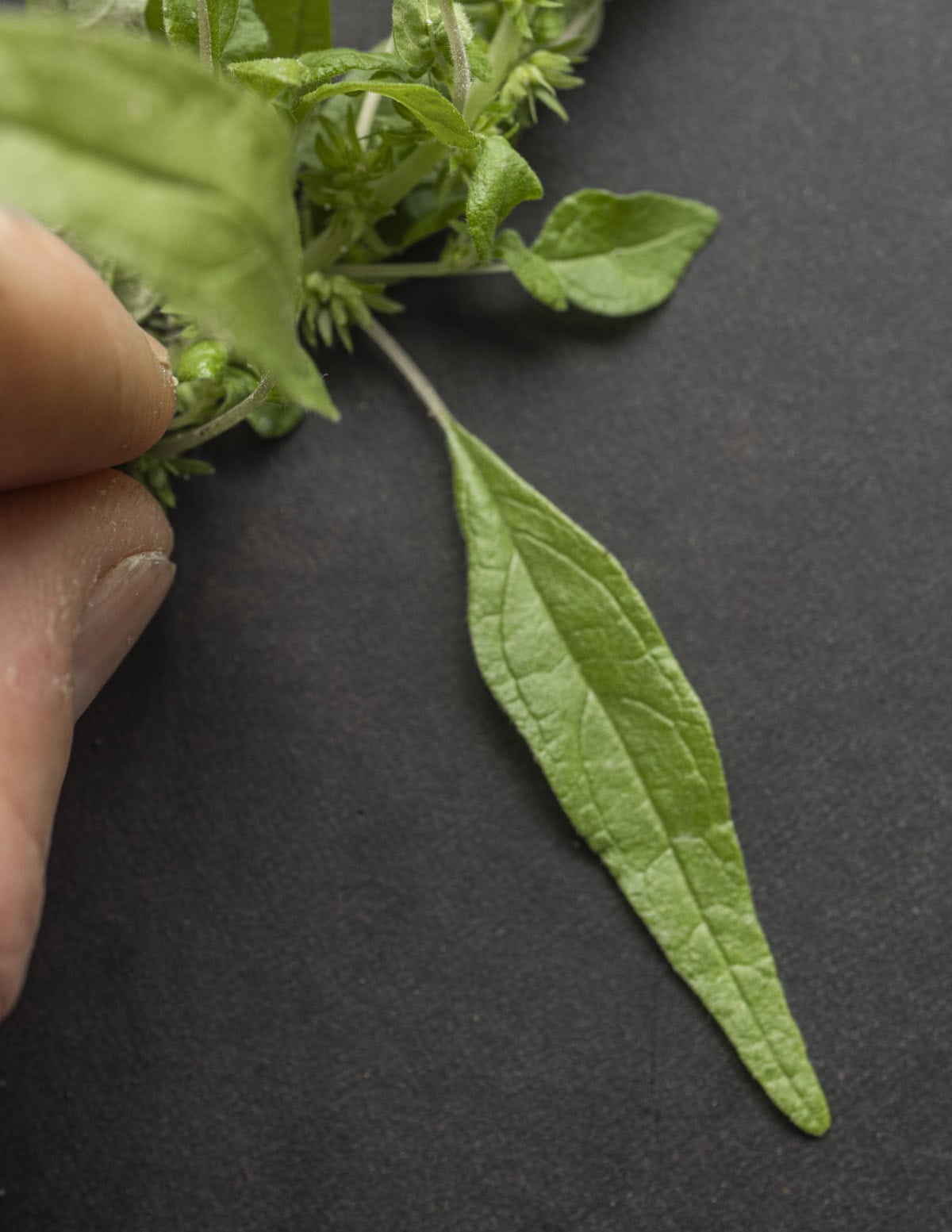
The delicate leaves have a distinct venation (veins) of one midvein, and two secondary veins per side. I've enhanced the image below to make this more visible.
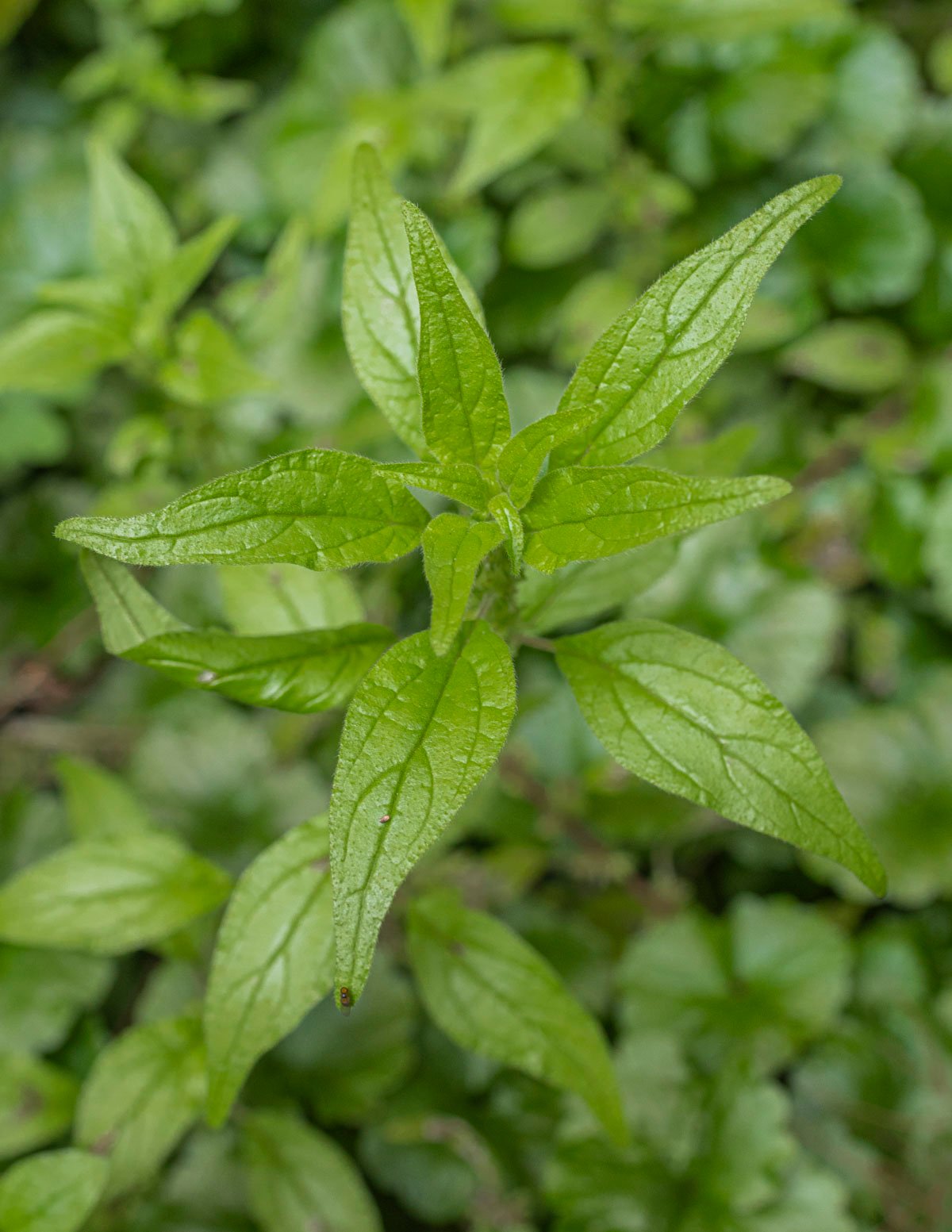
The flowers appear at the leaf axils in clusters and are covered with tiny hairs.
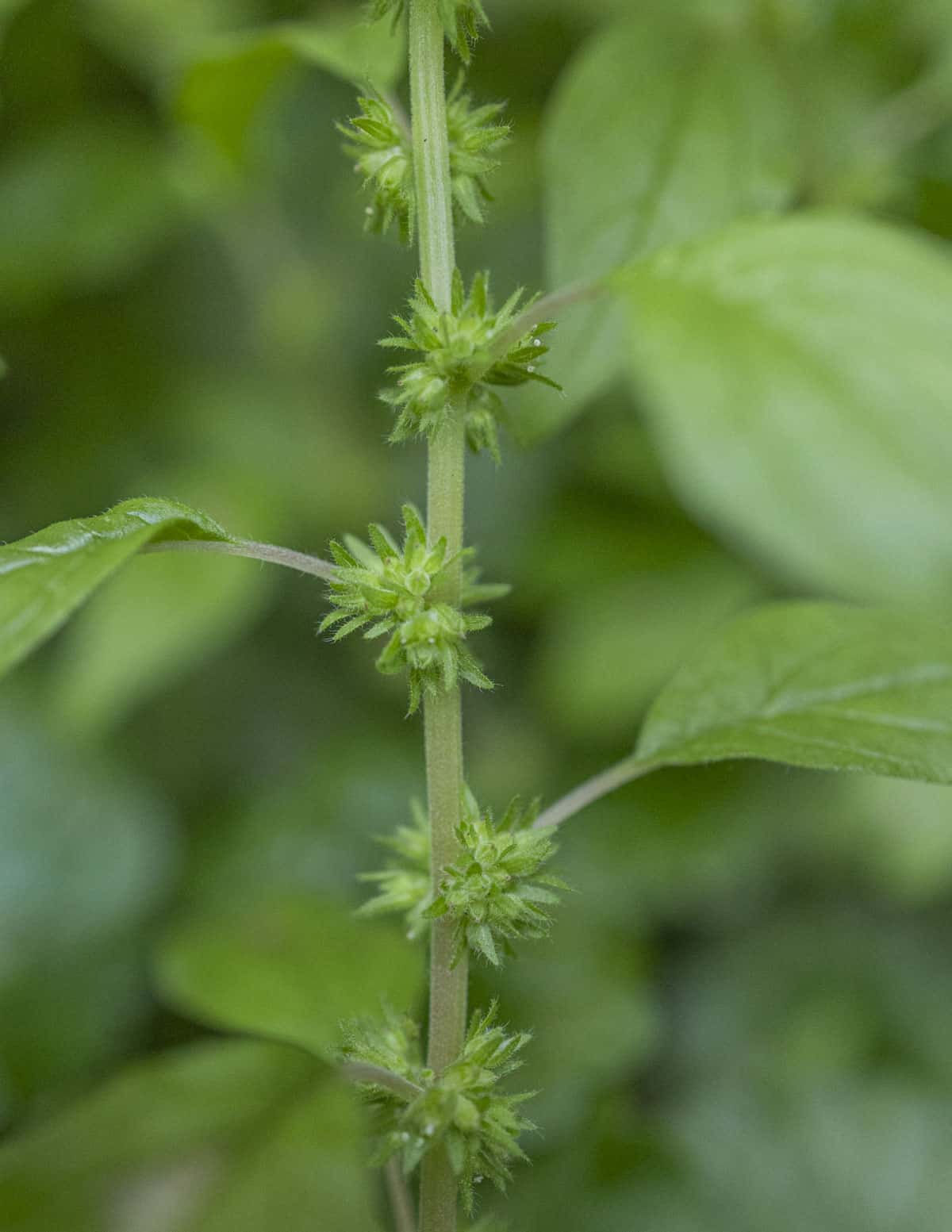
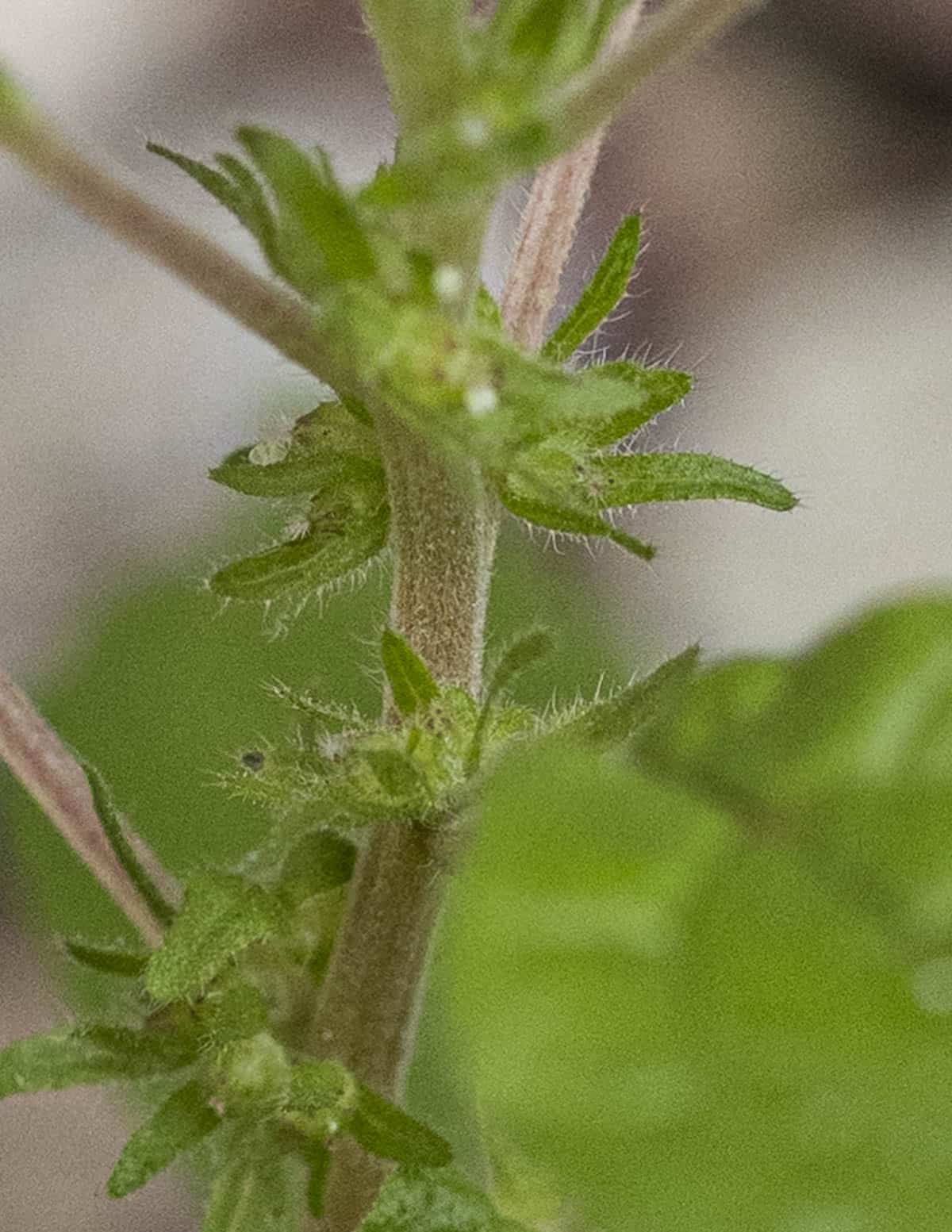
The slightly hairy leaves can make the plant sticky like cleavers and it's known for attaching itself to clothes as a method of seed dispersal.
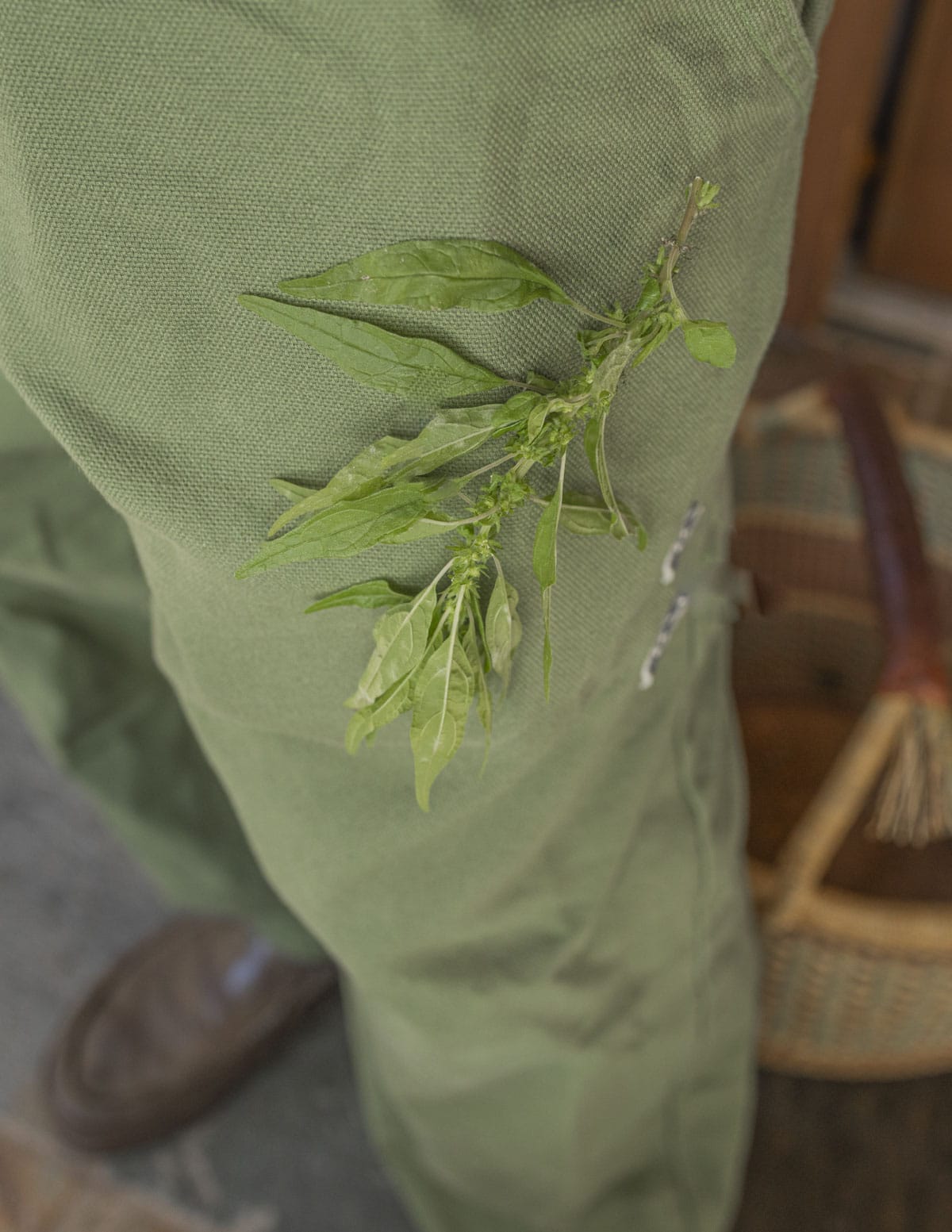
Look Alikes
There's a few plants that can be confused with pellitory, none of which I know to be very dangerous. The most common to see is three-seeded mercury, but Canadian clearweed (another non-stinging plant in the Urticaceae / nettle family) could confuse some people too.
Three-Seeded Mercury Acalypha rhomboidea
A member of the Euphorbiaceae (spurge family), three-seeded mercury is the plant easiest to confuse with pellitory and the two plants grow side-by-side in my yard. Information on its edibility isn't easy to find, and I've seen it described both as mildly toxic and as a medicinal plant. Either way the flavor is uninteresting and the plant is tough. It's also toxic to cats and dogs-not something I'd want to eat.

Three-seeded mercury and pellitory are both low-growing, weedy plants, but three-seeded mercury is a more robust with a thicker, woodier stem. It also has more lobed, ovate leaves compared to the lance-shaped (lanceolate) leaves of pellitory.
Three-seeded mercury also lacks the secondary veins on the leaves like pellitory and has toothed leaf margins where the edges of pellitory leaves are smooth.
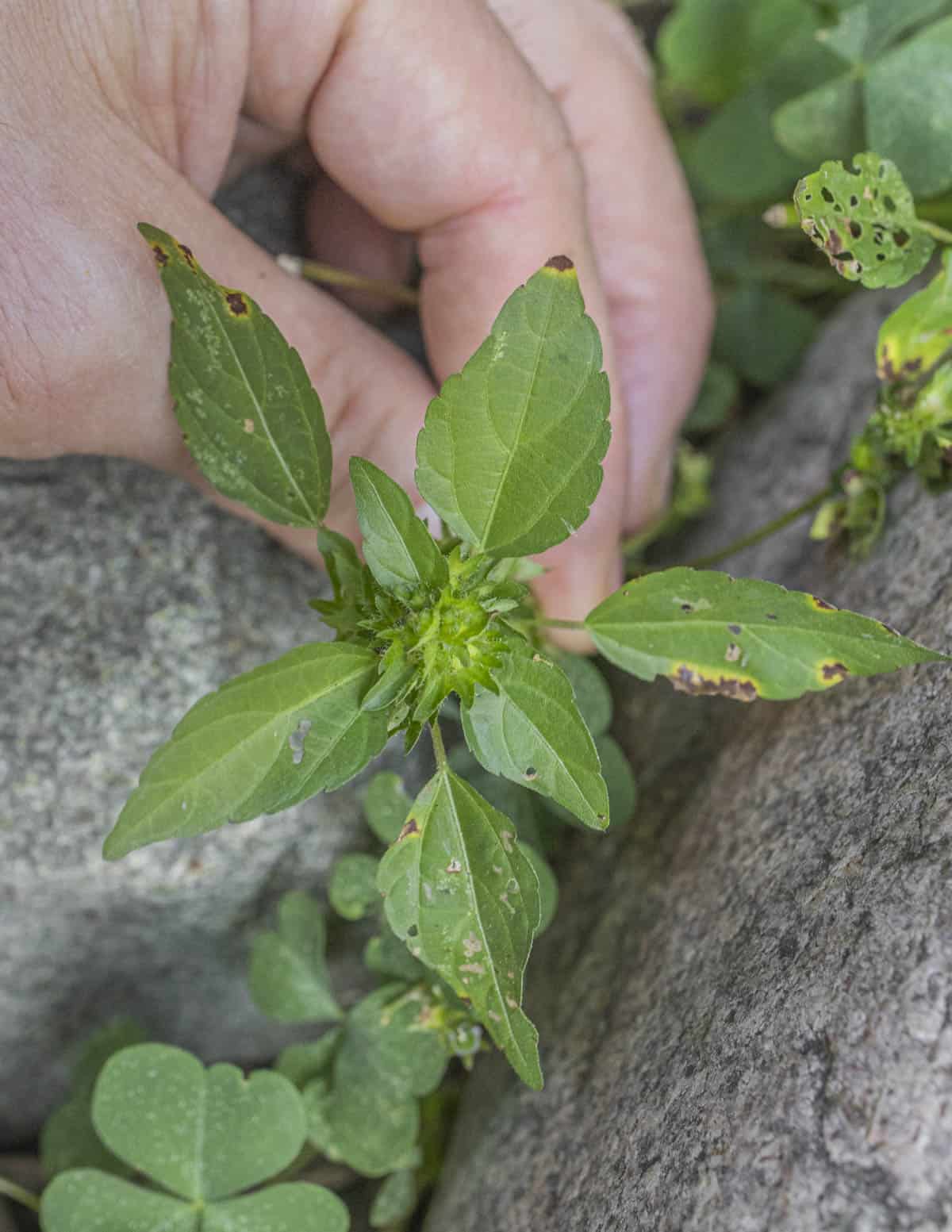
Like pellitory, three-seeded mercury has bracts and flowers that form at the leaf axils where the petiole meets the stem. They're often copper-colored or reddish with age.
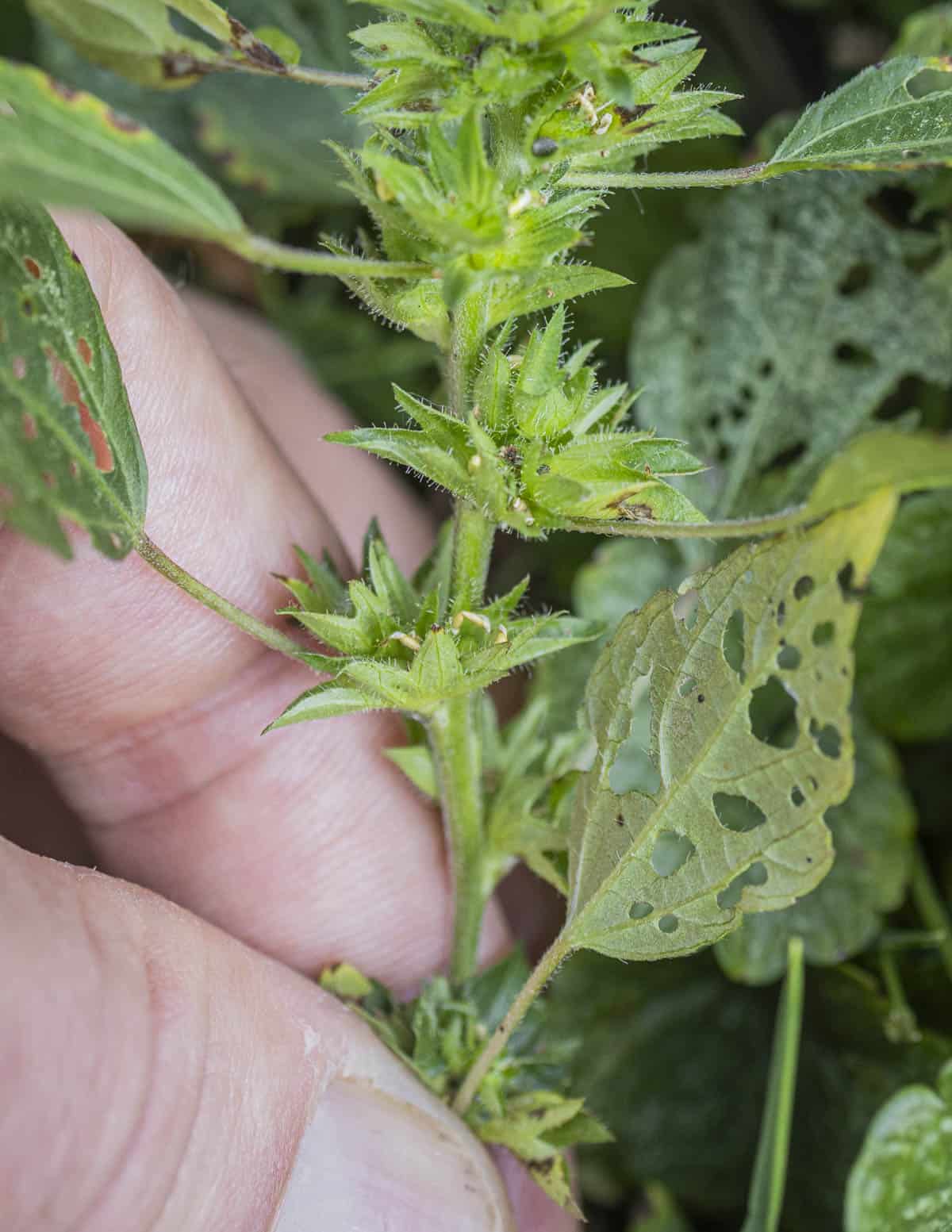
Canadian Clearweed (Pilea pumila)
Although it's easier to confuse with edible wood nettles (Laportea canadensis), Canadian clearweed is also in the Nettle Family (Urticaceae) and has non-stinging leaves. I usually only see the plants growing side by side in wooded areas.
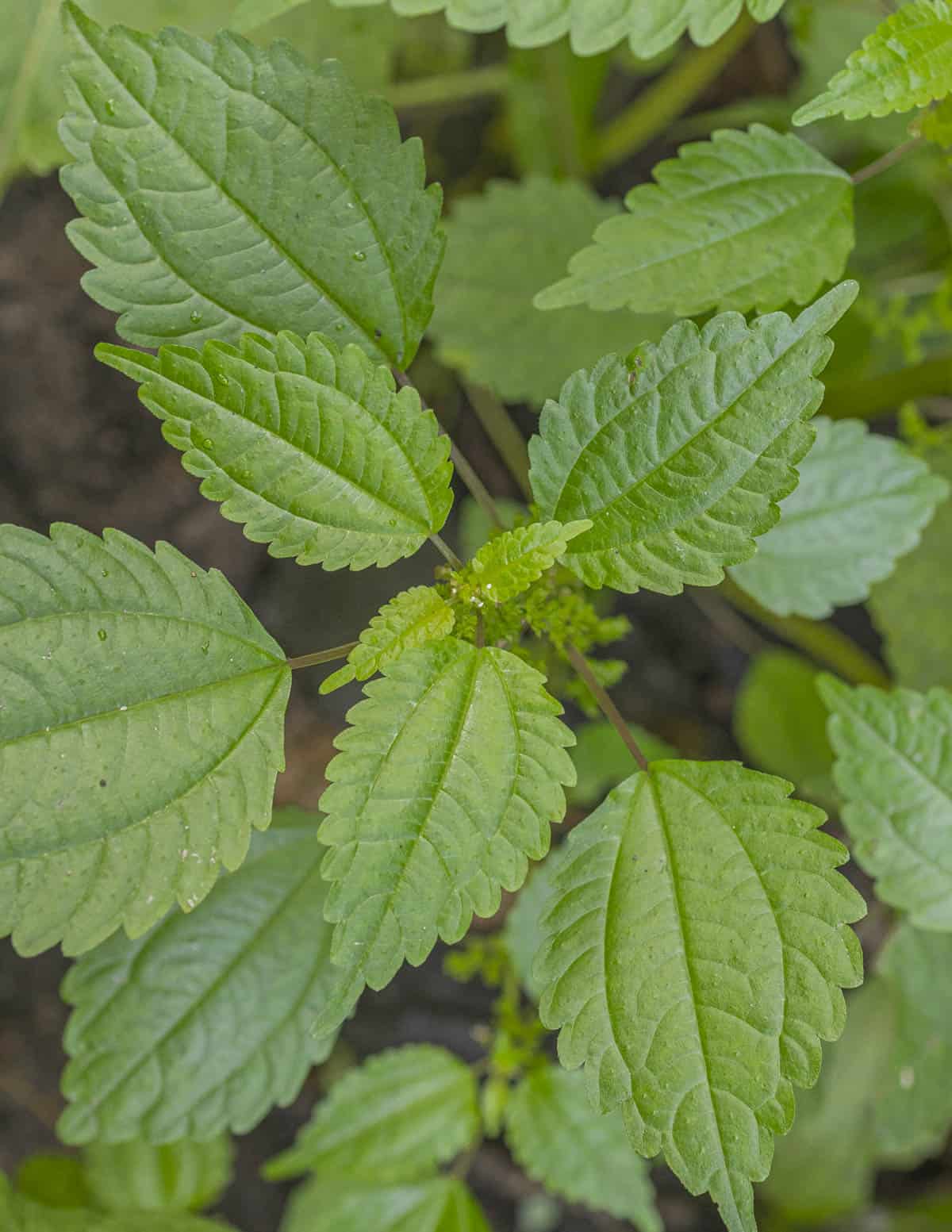
Canadian clearweed is also edible (although unimpressive, flavorless and stringy) and easy to tell apart from pellitory. The leaves are ovoid, toothed, noticeably glossy, and more robust than the delicate leaves of pellitory. It also lacks a cucumber flavor.
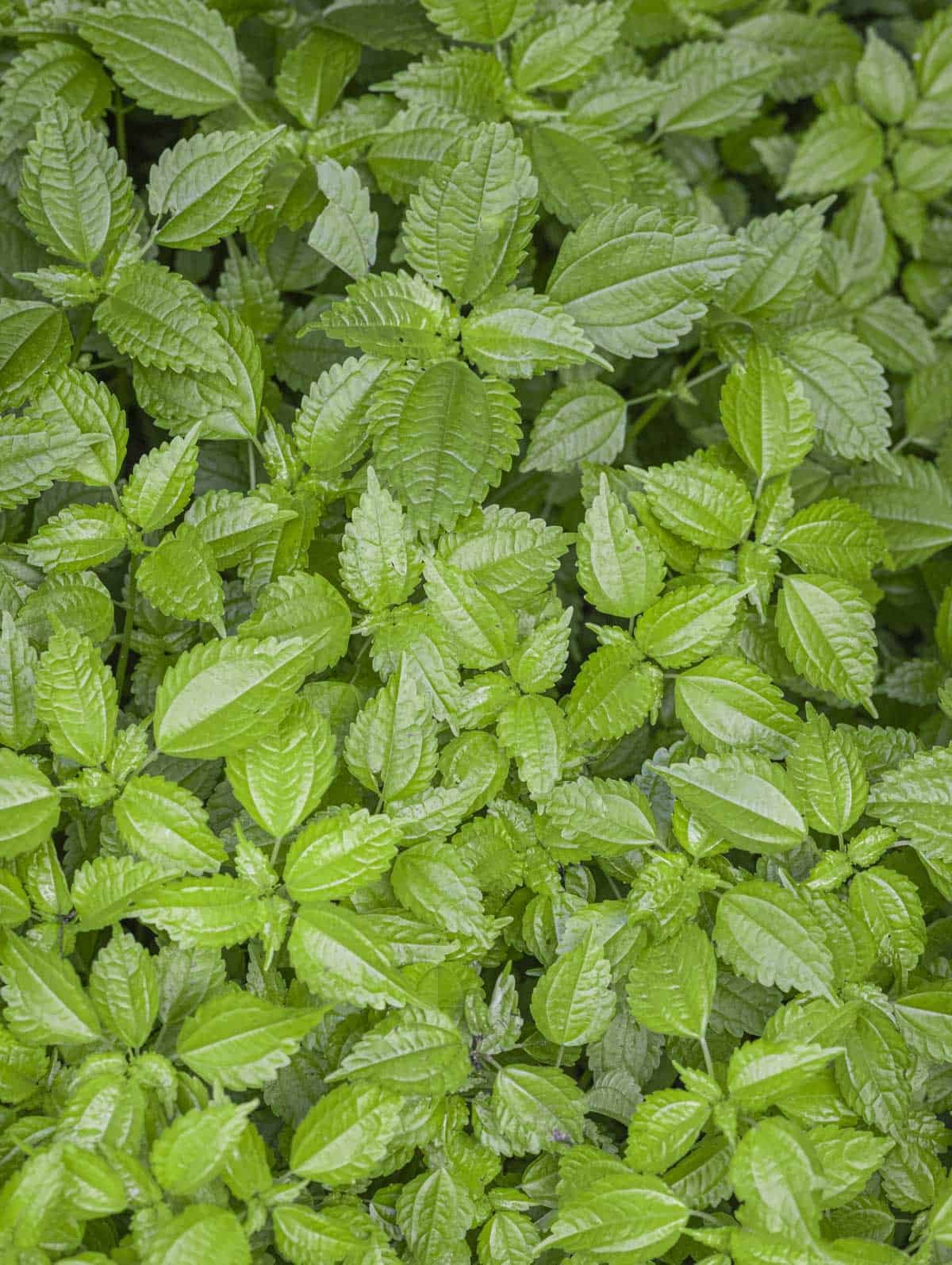
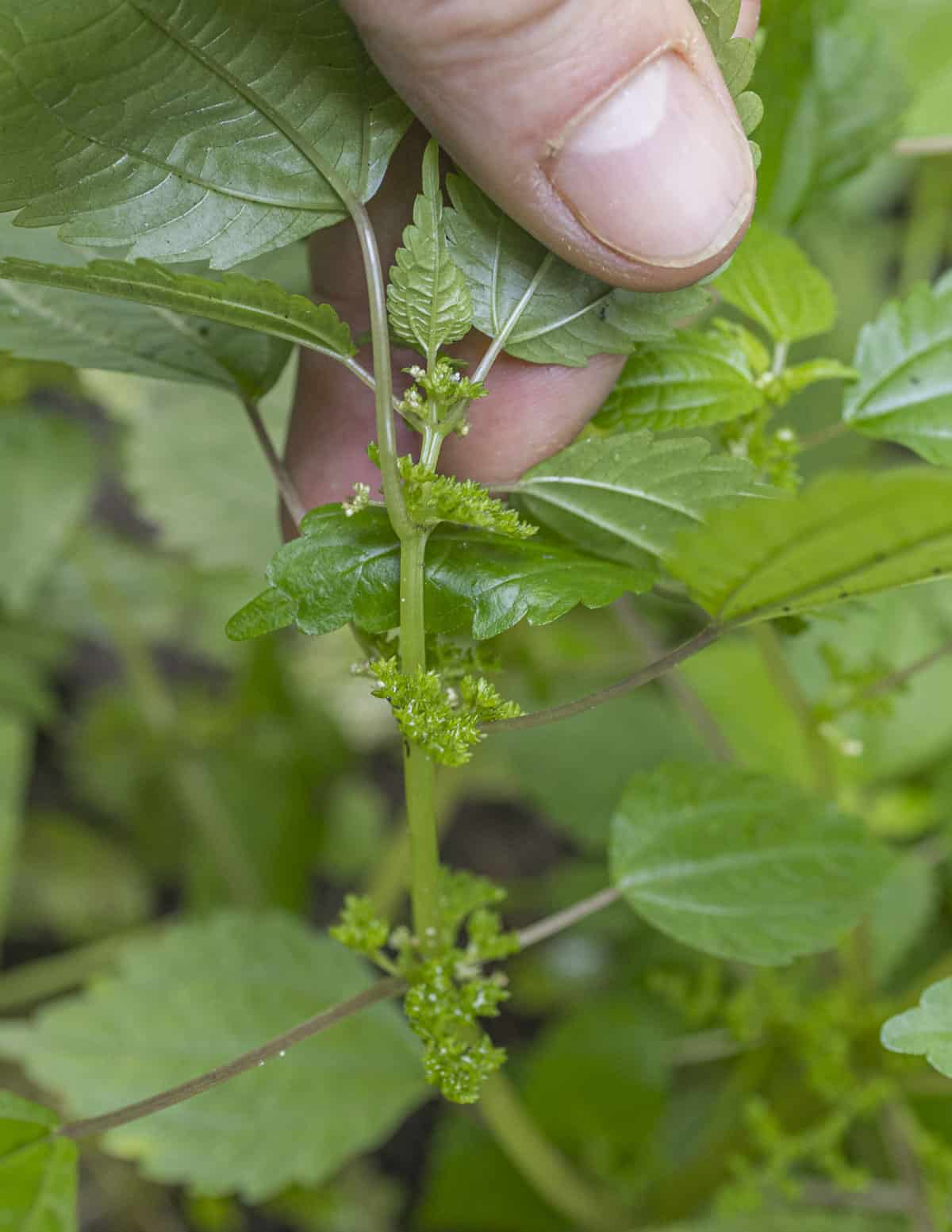
How to Use Pellitory in the Kitchen
Think of pellitory as something to use raw as a garnish or pureed, or cooked with other plants in a mix. When young and tender the whole plant can be eaten cooked or raw. I recommend harvesting the tender tips as you would lambs quarters. They wilt quickly after picking, but soaking the tender tips in cold water will perk them up and refresh them.

All parts of the plant taste reminiscent of cucumber. To highlight that, the tender tips can make an interesting garnish for a cucumber salad or a simple salad of wild greens. Below is a salad of cucumbers with mint, pellitory sprigs, olive oil and creeping bellflowers from my yard.
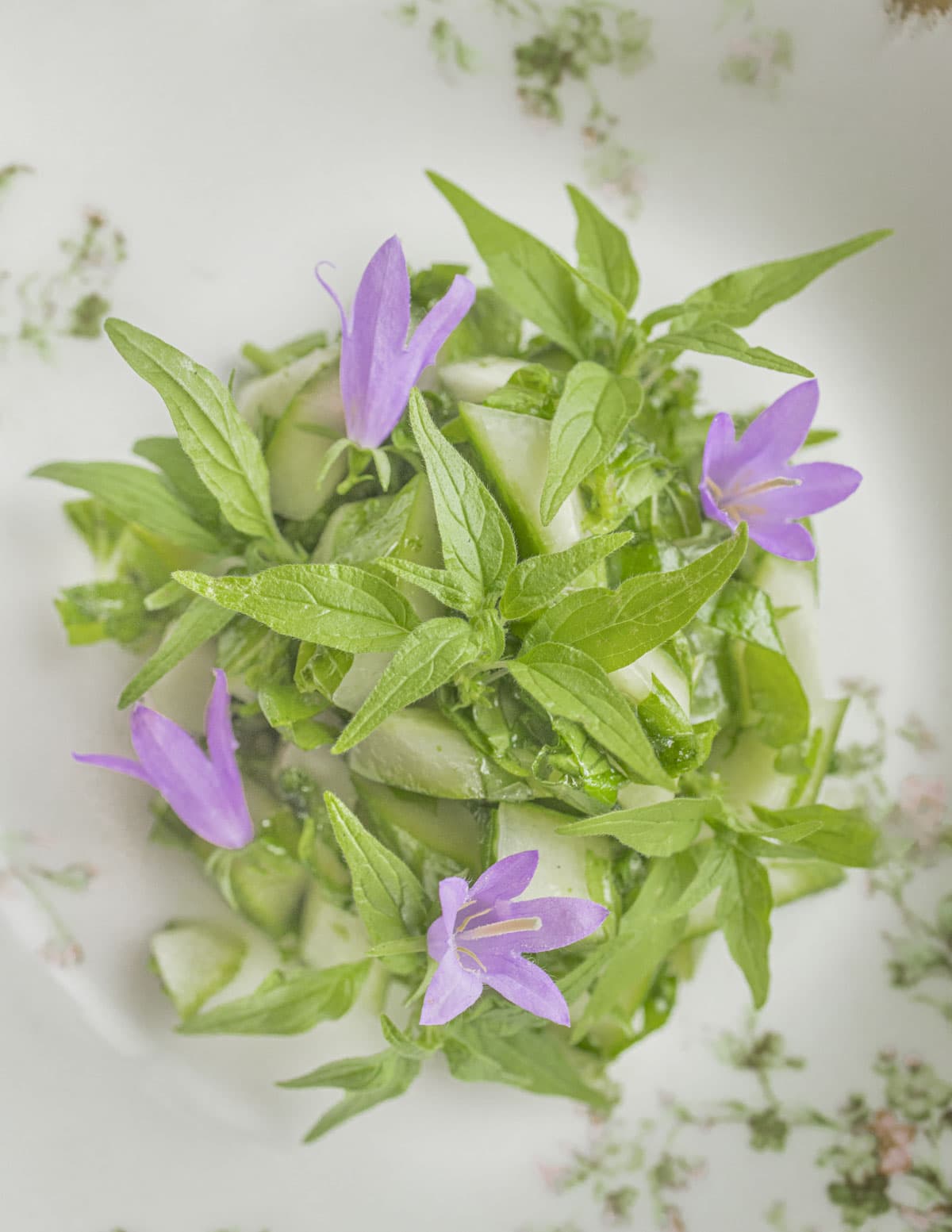
As the leaves can be slightly hairy it's best used in small amounts as a garnish when raw. If you have large amounts of it (like I do) a good way to use it up is pureeing it into a raw green smoothie.

I've been pureeing a handful of greens from my yard with peeled cucumber, mint, avocado, and a few ice cubes. Drizzled with olive oil and pinch of salt the cucumber flavor's refreshing.
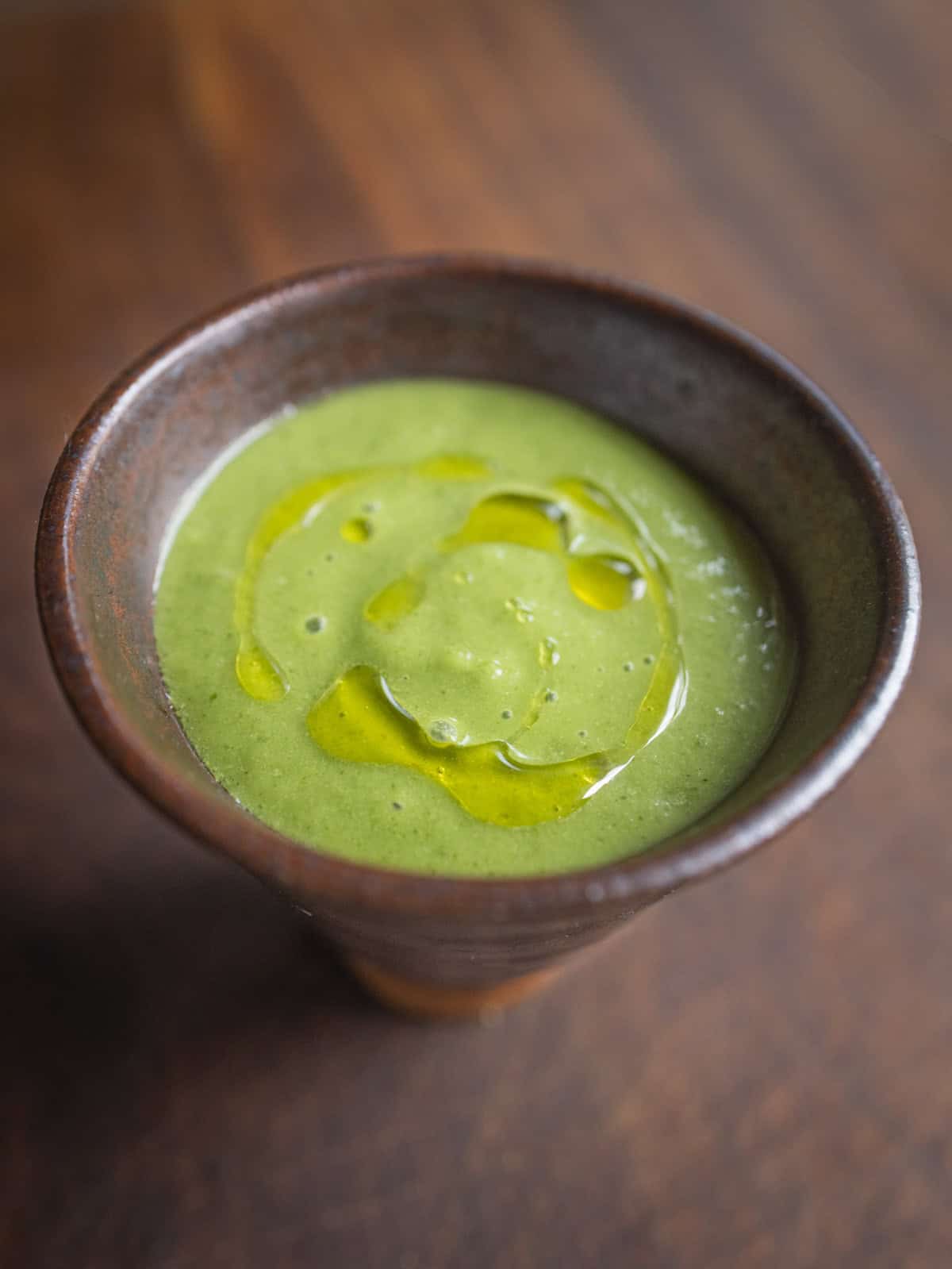
If you have a large amounts and don't care for the texture of the tender tips raw, the greens can be cooked in a mix of other plants for things like green burgers or used as a soup vegetable.


lorenzo
For real such a cool plant. The smoothie was super Cucumbery and I'm stoked to mind my own to use in dinners. Thanks Alan for introducing me to this new plant
Alan Bergo
Thanks for coming to throw down at the festival buddy.
Roxanne H
There are some of these growing in my yard that I ID'd a few weeks ago. My mother thought it might be a type of amaranth (which she was really hoping for), but no, it was this plant that I had previously never heard of before. I did read that it was edible, but left it alone as I wasn't sure what to do with it. I'll have to see how it tastes in soup! Thank you for the idea.
Alan Bergo
Yeah it’s a cool plant, not going to change your life, but it’s fun.
Dan F
Boy, DOES it ever! I only had to open my front door and bend over to pick some. I've never bothered to ID that "weed". Plucked a leaf and chewed it... a bit rough and hairy... and then the cucumber hit me... YES! Definitely cucumber. Wild.
Alan Bergo
Haha that was quick. It’s def not going to change your life, but the flavor is unmistakable!